The influence of Buddhism is subtle but deep-rooted in Visakhapatnam. Known to be named after a Buddhist princess Visakha, it is home to the world’s largest monolithic stupas. The Chinese traveller Hiuen Tsang who mentioned the Visakha Kingdom in his travelogue in 640 AD said that the Hinayana Buddhism was prevalent here. Interestingly most of the sites discovered also belonged to Hinayana Buddhism. Similarly, this culture also spread around Visakhapatnam, and many sites have been uncovered which speak high about its influence. These lesser-known Buddhist sites unveil much more about their influence in Andhra Pradesh.
Thotlakonda, Bavikonda, Bojjanakonda, and Pavuralakonda are among the most famous sites in Visakhapatnam. But have you visited these lesser-known Buddhist sites around Visakhapatnam?
#1 Gopalapatnam
Located on the left bank of river Tandava, just 12 km from Visakhapatnam City, this small village which dates back to the 5th century AD is home to various Buddhist sites. The remains found here include brick-built stupas, and viharas and have also brought to the surface ancient pottery, Theravada Vihara and apsidal rock-cut caves, the only ones found on the east coast. A small city which looks like an ancient dwelling is located towards the northern boundaries of Visakhapatnam.
#2 Ramathirtham
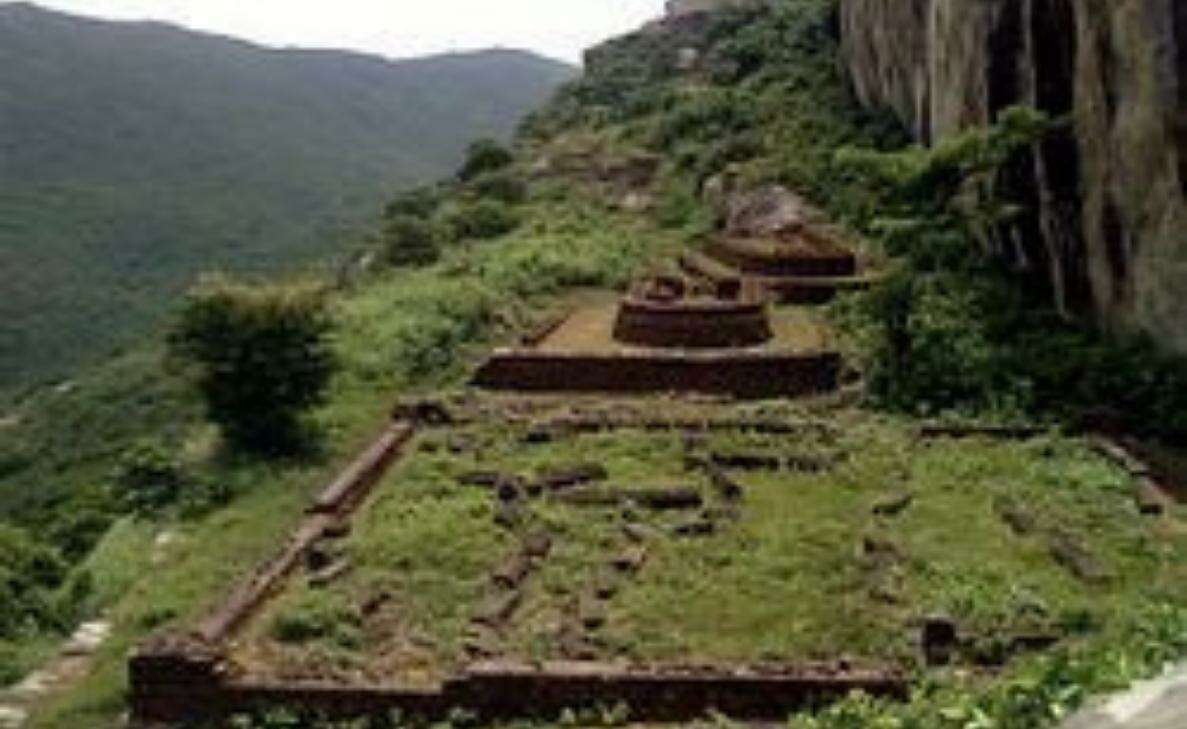 Famous for its 1000-year-old Sri Rama Temple, Ramathirtham is also famous for its Buddhist sites. Excavations here brought to light images of Buddha, a Satavahana lead coin, clay seals, votive stupas, five chaityagrihas, five viharas and 6 stupas out of which one is known to be a Maha stupa. It is said that Buddhist monks once upon a time choose this 500 feet high rocky cliff 16 km from Vizianagaram town as a rest house. The two monasteries here highly speak about the story of ancient Buddhist settlements. It is located at a distance of 88 km from Visakhapatnam.
Famous for its 1000-year-old Sri Rama Temple, Ramathirtham is also famous for its Buddhist sites. Excavations here brought to light images of Buddha, a Satavahana lead coin, clay seals, votive stupas, five chaityagrihas, five viharas and 6 stupas out of which one is known to be a Maha stupa. It is said that Buddhist monks once upon a time choose this 500 feet high rocky cliff 16 km from Vizianagaram town as a rest house. The two monasteries here highly speak about the story of ancient Buddhist settlements. It is located at a distance of 88 km from Visakhapatnam.
#3 Kotturu
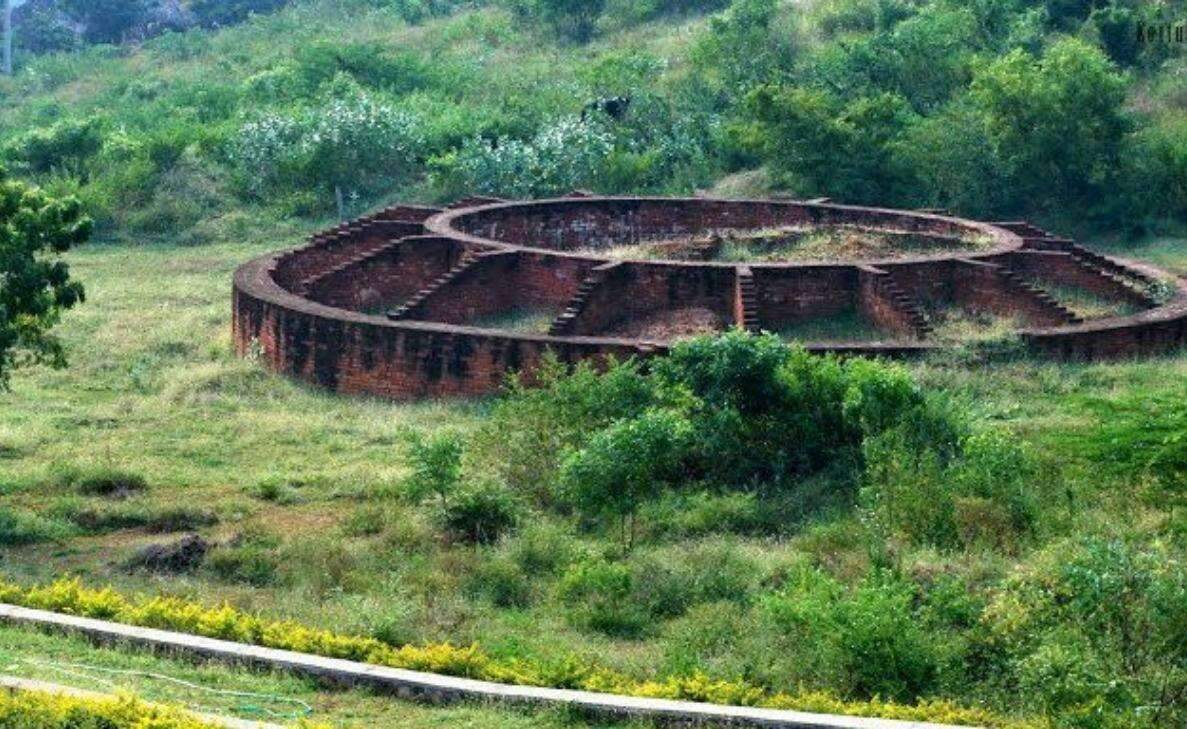 Just over 52 km from Visakhapatnam and on the banks of river Sarada lies Kotturu where one of the most prominent Buddhist excavations was unearthed. A vihara complex and a stupa were the two big structures found here but the beauty of the site is in the detailed work here. The khondalite made repository found here has an outer covering that contained a green stone reliquary, a small crystal phial, three gold foils, and twenty silver flowers embedded in it. Make sure to look out for chocolate and red colour head engraved with a rampant lion which is considered an important find on the site. A Brahmi label inscription found dates back to the 2nd century BC.
Just over 52 km from Visakhapatnam and on the banks of river Sarada lies Kotturu where one of the most prominent Buddhist excavations was unearthed. A vihara complex and a stupa were the two big structures found here but the beauty of the site is in the detailed work here. The khondalite made repository found here has an outer covering that contained a green stone reliquary, a small crystal phial, three gold foils, and twenty silver flowers embedded in it. Make sure to look out for chocolate and red colour head engraved with a rampant lion which is considered an important find on the site. A Brahmi label inscription found dates back to the 2nd century BC.
#4 Salihundam
 Located on the banks of river Vamsadhara, a maha stupa, votive stupas, chaitya, platforms and viharas have been unearthed just 118 km from Visakhapatnam. A place that was previously known as Salivatika (rice emporium) is home to several Buddhist stupas and also a huge monastic complex on a hillock amidst scenic surroundings. This site is considered the route of Buddhism to the south Asian countries via the sea route. It is most famous for the inscriptions of 2nd century AD and a spooked stupa which is called the Ashokan Stupa. This is considered the longest sustained Buddhist site as structures from all three phases of Buddism, namely Theravada, Mahayana and Vajrayana are found here.
Located on the banks of river Vamsadhara, a maha stupa, votive stupas, chaitya, platforms and viharas have been unearthed just 118 km from Visakhapatnam. A place that was previously known as Salivatika (rice emporium) is home to several Buddhist stupas and also a huge monastic complex on a hillock amidst scenic surroundings. This site is considered the route of Buddhism to the south Asian countries via the sea route. It is most famous for the inscriptions of 2nd century AD and a spooked stupa which is called the Ashokan Stupa. This is considered the longest sustained Buddhist site as structures from all three phases of Buddism, namely Theravada, Mahayana and Vajrayana are found here.
#5 Mukhalingam
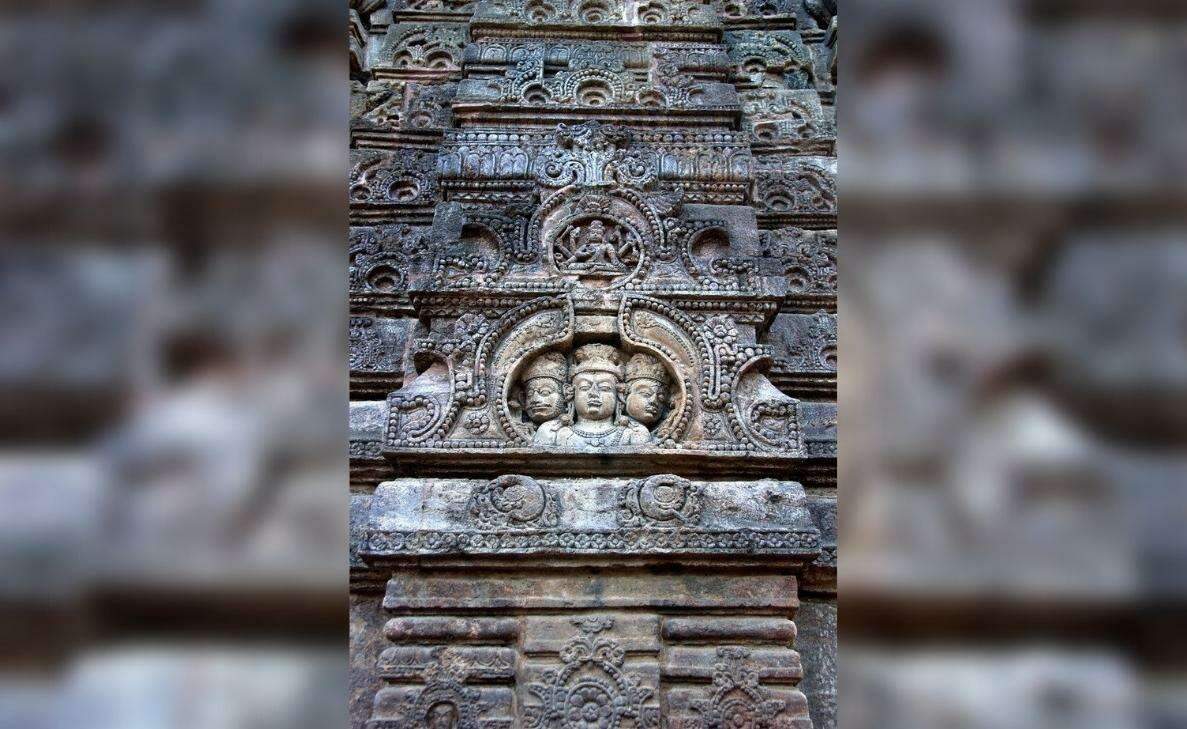 Mukhalingam temple complex in the Srikakulam District is where you can find some of the unique relics of the Buddhist settlement in the region. Loose sculptures of Akshobhya, Buddha as Amitabha and a figure of Ushnishavijaya belonging to the Vajrayana phase can be found here. This famous site, which is located north of Visakhapatnam, is 138km from the city.
Mukhalingam temple complex in the Srikakulam District is where you can find some of the unique relics of the Buddhist settlement in the region. Loose sculptures of Akshobhya, Buddha as Amitabha and a figure of Ushnishavijaya belonging to the Vajrayana phase can be found here. This famous site, which is located north of Visakhapatnam, is 138km from the city.
#6 Kalingapatnam
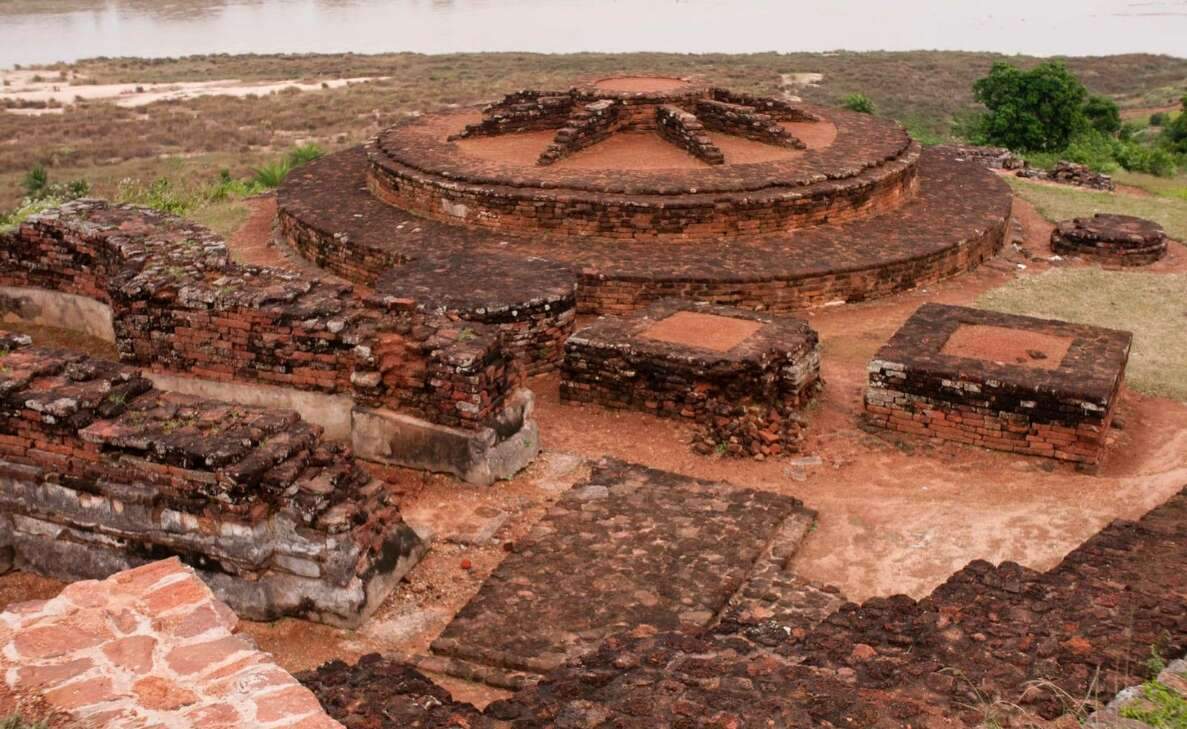 It was from this port of Kalingapatnam that the teachings of Buddha spread to South Asia. King Ashoka who gained the path of ahimsa from Buddhism played a vital role in its spread. Ashoka’s daughter Sangamitra and son Mahindra went to Srilanka from the beaches of Kalingapatnam with the Teachings of Buddha then went on to reach as far as Java and Sumatra. This important Buddhist site is located at a distance of 150 km from Visakhapatnam.
It was from this port of Kalingapatnam that the teachings of Buddha spread to South Asia. King Ashoka who gained the path of ahimsa from Buddhism played a vital role in its spread. Ashoka’s daughter Sangamitra and son Mahindra went to Srilanka from the beaches of Kalingapatnam with the Teachings of Buddha then went on to reach as far as Java and Sumatra. This important Buddhist site is located at a distance of 150 km from Visakhapatnam.


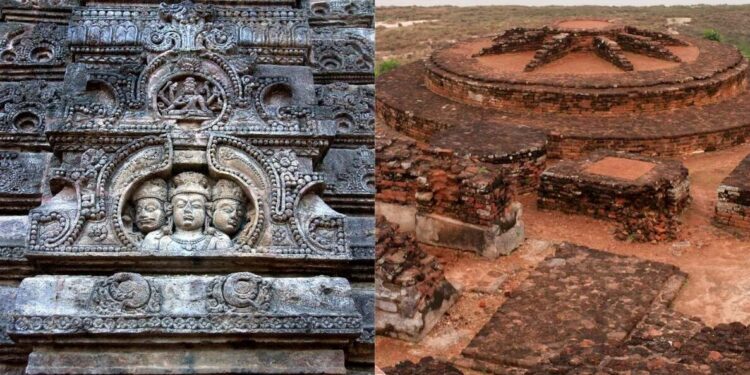







Discussion about this post